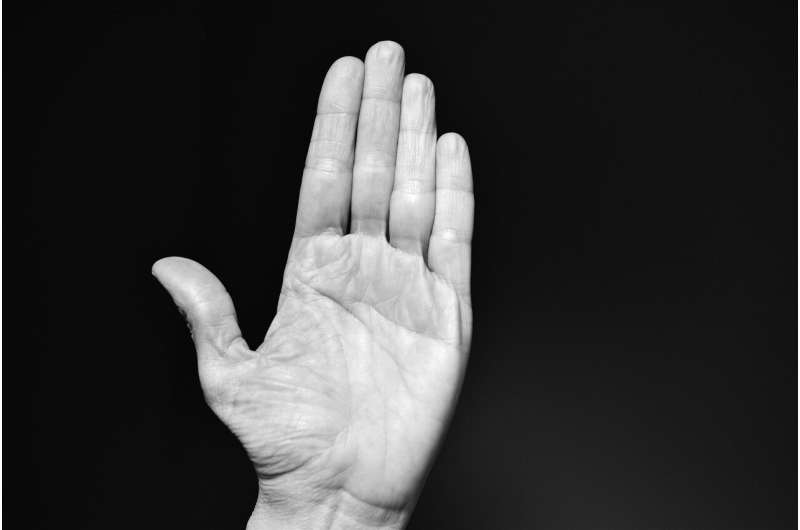
Credit: Pixabay/CC0 Public Domain
Experts from the University of Pittsburgh School of Medicine analyzed the visible signs of concussion in people participating in slapstick competitions and reported the results in a paper published in JAMA Surgery.
As the first study to provide an interpretable analysis of the potential risks associated with this phenomenon, the findings provide a starting point for discussions about the policies needed to ensure the health and well-being of long-term participants.
“Tear wrestling may be fun to watch as a spectator, but, as medical professionals, we’ve found some aspects of the competitions to be very affecting,” said lead author Raj Swaroop Lavadi. , a postdoctoral fellow in Pitt’s neurosurgery department.
“Our ultimate goal is to make all professional sports safe for the neurologic health of athletes. It is really difficult to prevent any sport, but it is possible to raise awareness of the risks associated with it . We were excited by the prospect of using video analysis to identify stressors that have not been studied before.”
Wrestling, an underground phenomenon, has quickly become popular, gathering an online audience of millions. Competitors, separated by a waist-high platform, stand side by side and take turns punching an opponent in the face.
According to the rules, the opponents have a few minutes to recover, and the fight continues until one of the participants is eliminated—or until the judges decide who wins. .
The medical community has expressed serious concern about potential risks to participants from head and brain injuries, but, to date, no peer-reviewed study has attempted to report and quantify accidents.
In order to assess the severity of fistfights, trained evaluators watched videos of cold-blooded fistfights and analyzed 333 fistfights. They recorded visible signs of concussion—from from reduced environmental awareness to complete loss of responsiveness—and they analyzed how often those events occurred.
According to the analysis, more than half of the beating sequences resulted in the participants showing visible signs of disorientation. At the end of their games, about 40% of the sequences resulted in misalignment symptoms, about a third of the sequences resulted in participants having blank stares, and A quarter of the sequence shows participants who are slow to wake up. after being brought down by a blow. About 80% of the players showed a visible sign of concussion at least once in the series.
The results paint a worrying picture for the long-term well-being of the participants.
“Medicinally, depression can appear in different ways, but each can result in temporary or long-term disability and socioeconomic pressure,” said the senior author, Nitin Agarwal, MD, assistant professor of neurosurgery at Pitt.
“As a combat doctor and martial arts enthusiast, I’m always concerned about how often people who hit the sticks have symptoms of depression.”
The team is now working to measure and analyze the physical impact of the average hit using the same mouthpieces used by football players. Those findings, combined with the data gathered from the video analysis, will help to inform participants, officers and doctors of both sides, while providing the beginning of improved safety rules going forward.
Co-authors of this research are Rohit Prem Kumar, BA, Michael Kann, BE, Manan Shah, MD, D. Kojo Hamilton, MD, and Joseph Maroon, MD, all of Pitt.
Additional information:
Video Analysis of Clashes Among Slap Fighting Athletes, JAMA Surgery (2024). DOI: 10.1001/jamasurg.2024.2605
Presented by the University of Pittsburgh
Excerpt: First study on handshake highlights risks to participants’ neurological health (2024, September 18) retrieved on September 18, 2024 from https://medicalxpress.com/news/2024- 09-academic-highlights-neurological-health.html
This document is subject to copyright. Except for any legitimate activity for the purpose of private study or research, no part may be reproduced without written permission. Content is provided for informational purposes only.
#academic #study #handcuffing #highlights #risks #participants #neurological #health